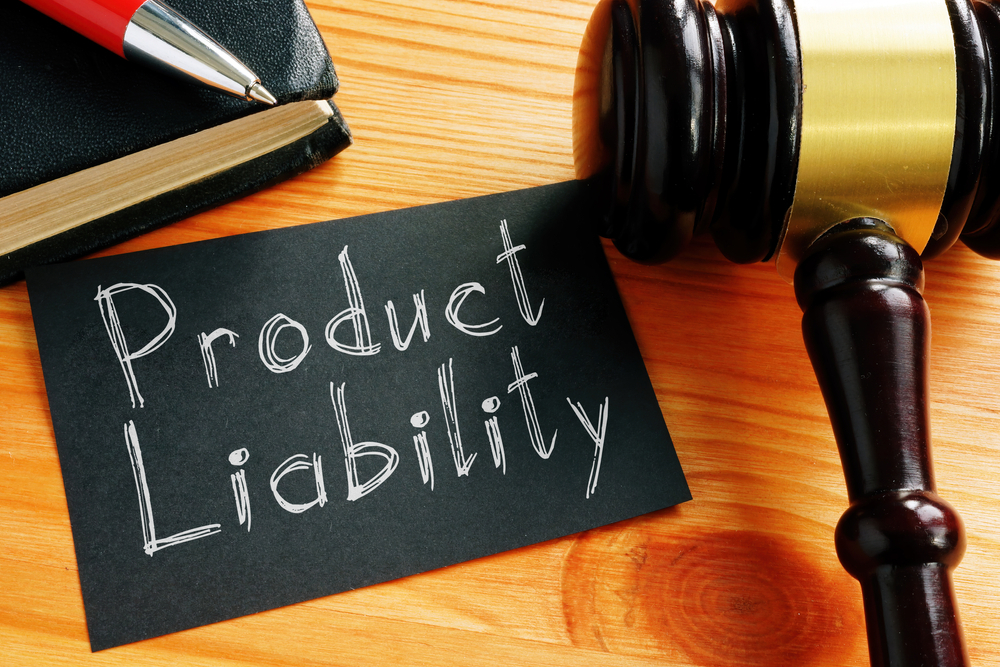Introduction:
A home is more than just a building; it’s a sanctuary that offers comfort, security, and a sense of belonging. However, as a homeowner, it’s essential to recognize the potential risks that can disrupt this haven. Unexpected events like natural disasters, theft, or accidents can cause significant financial setbacks if you’re unprepared. This is where home insurance comes into play – a crucial financial tool that safeguards your property, belongings, and peace of mind. In this comprehensive guide, we will delve into the world of home insurance, its coverage options, benefits, and how to choose the right policy for your needs.
Understanding Home Insurance:
Home insurance, also known as homeowner’s insurance, is a type of property insurance that provides financial protection against various perils that can damage or destroy your home. It is designed to cover the cost of repairs or replacement of your dwelling and personal belongings in case of unforeseen events.
Coverage Options:
- Dwelling Coverage: Dwelling coverage is the core component of home insurance. It protects the physical structure of your home, including walls, floors, roof, and built-in appliances, against perils like fire, windstorm, hail, or vandalism. The coverage amount is typically based on the estimated cost to rebuild or repair your home.
- Personal Property Coverage: This coverage extends to your personal belongings such as furniture, electronics, clothing, and appliances. If your possessions are damaged, stolen, or destroyed due to covered perils, your insurance policy will help reimburse the cost of replacing them. It’s crucial to create a comprehensive inventory of your belongings and keep it updated to ensure accurate coverage.
- Liability Coverage: Liability coverage protects you if someone is injured on your property or if you accidentally cause damage to someone else’s property. It helps cover legal expenses, medical bills, and any settlements that may arise from lawsuits resulting from these incidents. Liability coverage also extends beyond your property, providing coverage for incidents that occur away from home, such as dog bites or personal injuries.
- Additional Living Expenses Coverage: In the unfortunate event that your home becomes uninhabitable due to a covered peril, additional living expenses (ALE) coverage will assist you with the cost of temporary accommodation, meals, and other necessary expenses while your home is being repaired or rebuilt.
Factors Affecting Home Insurance Premiums:
Several factors influence the cost of your home insurance premiums. These factors vary from one insurer to another but commonly include:
- Location: The location of your home plays a significant role in determining your insurance premiums. Areas prone to natural disasters such as earthquakes, floods, or hurricanes generally have higher insurance rates. Additionally, the proximity to fire stations and the crime rate in your neighborhood can impact the premiums.
- Construction and Age of the Home: The materials used in constructing your home, its age, and its overall condition are crucial factors considered by insurers. Older homes or those built with less durable materials may have higher premiums due to increased vulnerability.
- Coverage Limits and Deductibles: The coverage limits you choose and the deductible amount you’re willing to pay out of pocket also affect your premiums. Higher coverage limits and lower deductibles generally result in higher premiums.
- Security and Safety Measures: Installing security systems, smoke detectors, fire alarms, and robust door and window locks can reduce the risk of damage or theft. Such safety measures often qualify you for discounts on your insurance premiums.
Choosing the Right Policy:
Selecting the right home insurance policy requires careful consideration. Here are a few essential steps to guide you in making an informed decision:
- Evaluate Your Needs: Assess the value of your home and belongings, consider the risks in your area, and determine your budget for insurance premiums. This evaluation will help you determine the coverage limits and additional endorsements you require.
- Research and Compare: Gather quotes from multiple insurance providers and compare their coverage options, exclusions, deductibles, and customer reviews. This research will help you identify reputable insurers offering competitive rates and reliable customer service.
- Understand the Policy Details: Thoroughly review the policy documents to understand what is covered, excluded, and any limitations or conditions. Pay attention to coverage limits, deductibles, and any endorsements or additional coverage options that may be beneficial to your situation.
- Seek Professional Advice: If you’re unsure about the intricacies of home insurance or have specific concerns, consider consulting an insurance agent or broker. These professionals can provide personalized guidance based on your needs and help you make an informed decision.
Conclusion:
Investing in home insurance is a prudent step to protect your most significant asset and belongings from unexpected perils. The coverage options available can provide financial security and peace of mind, ensuring that your haven remains intact even in the face of adversity. By understanding the various coverage options, assessing your needs, and comparing policies, you can choose the right home insurance policy that suits your requirements and safeguards your home sweet home. Remember, prevention is key, but when unforeseen circumstances strike, having comprehensive home insurance can make all the difference.






